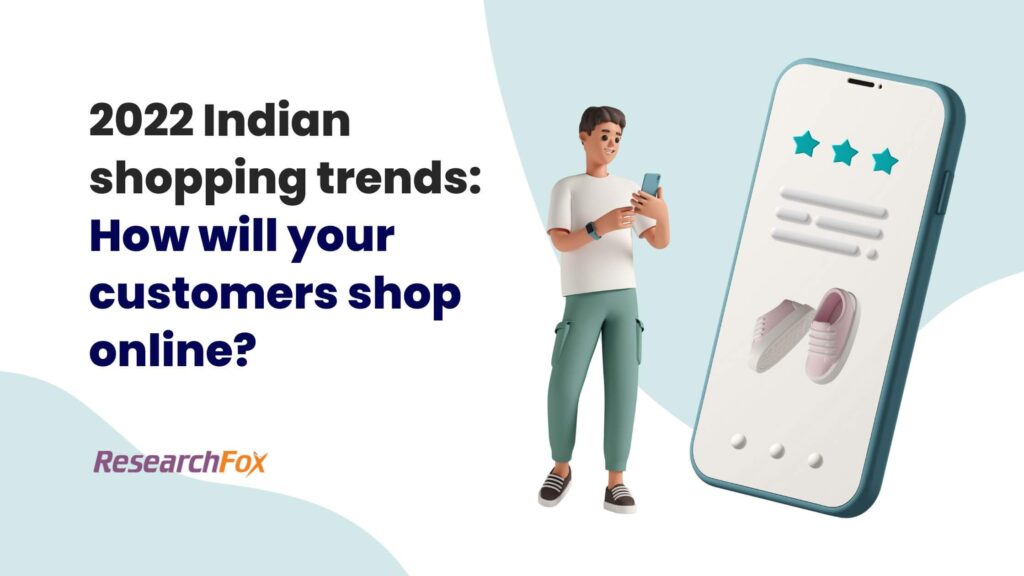It might be difficult to comprehend what customers are thinking. You believe you’ve taken into consideration their demands and requirements, yet new technologies, tastes, and purchasing trends develop.
In 2021, roughly 70% of online buyers abandoned their carts, according to Baymard Institute. Why would a consumer spend hours adding items to their shopping basket just to dismiss the tab? Why do consumers have to go through many processes to get from point A to point B when there should only be one?
It’s possible that you don’t have a good understanding of how a consumer comes to buy your goods or service.
The customer journey map is the series of interactions that a customer has with a company to reach a goal. There are frequently many and various processes in between generating brand exposure via social media and receiving an email following a successful purchase. It’s not something you can guess or forecast based on your thoughts. The physical experiences that your clients enjoy are particularly distinctive to a customer journey.
Why Customer Journey map is so important?
The customer path appears to be straightforward. Customers purchase a product or service offered by your company. The trip is more complicated than that. According to Salesforce, 80% of customers value a company’s experience as much as its products. Customers go through the buyer’s journey from the moment they are exposed to a product until they purchase it.
Customers may see advertisements, talk to a customer care agent, or try to check out throughout this journey. These are rest stations along the way that has an impact on their behavior. A firm may plan and prepare to move clients towards a sale by understanding the process and its effects on customer interactions. The customer journey is the sequence of interactions that a customer has with a company.
You can plan your touchpoints to produce the most effective and efficient procedure for your consumers if you understand this relationship. A customer journey map depicts the current process consumers go through from the first to the last touchpoint to evaluate if they’re on track and, if not, how they may improve.
What does a customer journey map include?
- The Buying Process: Significant milestones in the customer journey are depicted on a customer journey map. You’ll begin by sketching out the path your company wants a client to travel to achieve a goal. You’ll list each level horizontally using the normal purchase process phases.
- User Actions: This section of the customer journey map describes what a consumer performs at each step of the purchasing process. In the awareness stage, they may talk to friends and family about their wants and possible solutions to meet those needs. They might then watch a demo on your website before making a purchase with cash or a debit card. This section delves into the many options available to your consumers to attain the goal.
- Emotions: Regardless of how large or little the objective is, keep in mind that your consumers are trying to solve an issue. That they’re presumably experiencing some sort of emotion, whether it’s relief, happiness, enthusiasm, or concern. If your procedure is lengthy or complex, they may experience a variety of emotions at various stages. Including these feelings in the trip map might help you mitigate negative journey emotions, so they don’t turn into poor brand perceptions.
- Pain Points: Wherever there is a bad emotion, there is a source for it. Adding pain points to your customer journey map might help you figure out which step of the journey your client is having unpleasant emotions and why.
- Solutions: Solutions are the final component of your customer journey map, and this is where you and your team will explore new methods to enhance your purchase process so that consumers have fewer pain spots and are in a better mood while visiting your business.
How can multichannel marketing and customer service benefit from customer journey mapping?
Consumers today want a highly personalized experience, and you’re marketing, and customer service initiatives should reflect this. Omnichannel marketing and omnichannel customer service are terms used to describe this integrated strategy.
Customer journey mapping is important in marketing because it allows marketers to target a single prospect across several touchpoints. A client who browses a product on a website, for example, might subsequently be retargeted with a social media ad.
Omnichannel marketing is frequently accompanied by omnichannel customer care to provide the greatest possible client experience. This is where the client may get help via any channel, including social media, messaging applications, and live chat. Consumer journey mapping may help your Customer Service staff understand the customer better once again.





